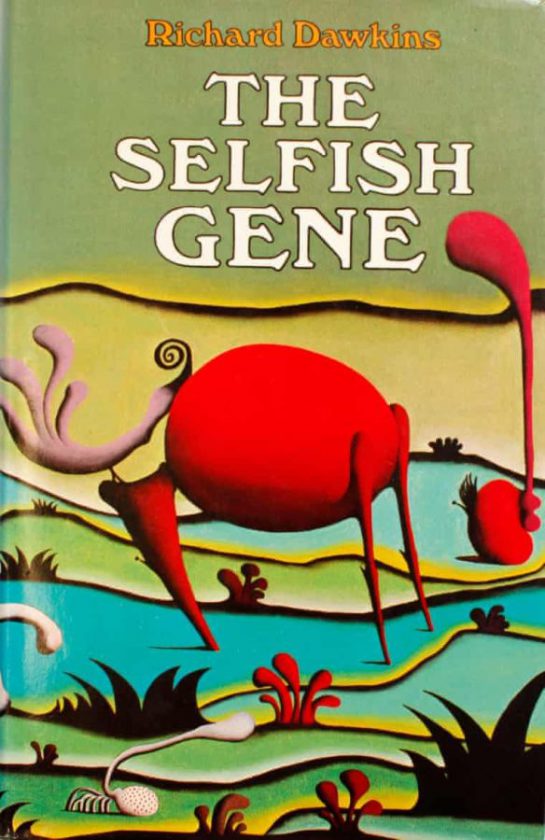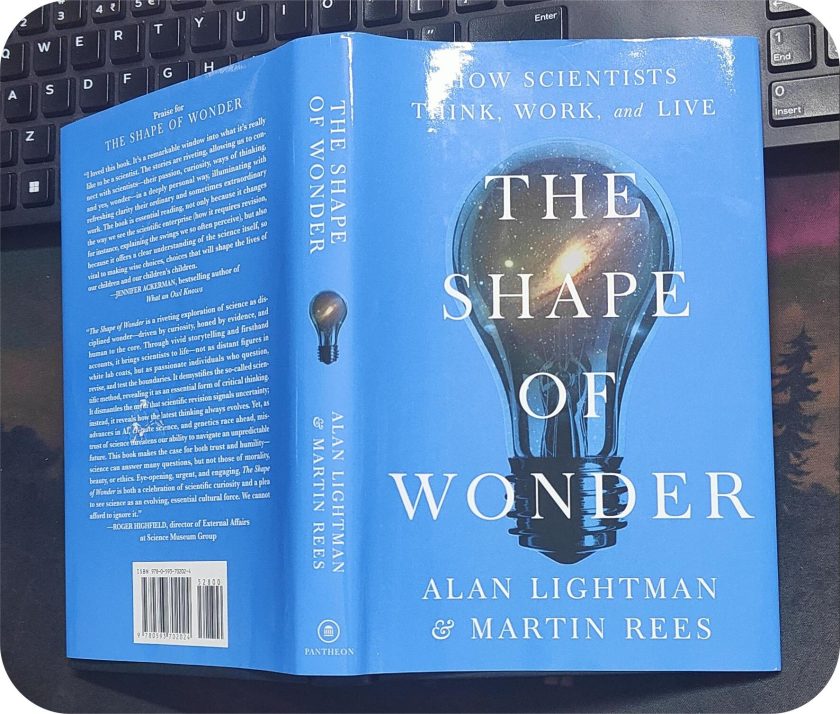Selfish Gene is quite a fascinating book and I liked the way Richard Dawkins introduced the metaphors and analogies.
Richard Dawkins is a British evolutionary biologist and author. Most importantly he is a science educator. And one of the finest science writers so far.
The book, Selfish Gene happens to be my first read from Dawkins works. In this he advocates gene as the principal unit of selection in evolution.
Right from the starting, this book got me hooked. All his logics seem to fall at the right places. The author knows what he is saying and has a strong backing of reasons behind it.
Even after reading the book, I kept on thinking about the reasons and the concepts that he has laid bare before his readers. And I can’t stop myself describing some of the most outstanding gems that have surfaced form the ocean of the Selfish Gene.
(Spoiler alert!)
The book opens up on a lighter note describing the literal meaning and usage behind the words like “apparently selfish behavior” and “apparently altruistic behavior” seen in Animalia and Homo sapiens. These two phenomena have resulted in “group selection” – the selfish group and the altruistic group. Selfish group has arisen within the altruistic group by contaminating its purity by focusing more on individualism than group as a whole.
Dawkins stated that Darwin’s “survival of the fittest” theory is immensely vast and that his aim in this book is only to paint the lesser picture, which mainly hovers around the concept of “survival of the stability”. Thus, he started from the very beginning of the evolution, the Primeval Soup theory or the chemical evolution of the early earth.
The Primordial Soup Theory
Around 4billion years ago, life began in water body first. It took chemicals from its surroundings to build amino acids, which later became complex building blocks known as proteins. The protein forms the basic unit for genes across the planet Earth. As the time advanced, stability too progressed, from atomic level it reached to more complex and new kind of stability, which the elements offered. After reaching a point, the stability became coupled with replicating property. Hence, large population of identical replicas started establishing itself. This replicating property became an important feature as it gave rise to a probability called “an error” and error especially in biology leads to evolution. This replicating and error process is suggestive of copying process in DNA.
The Survival Machines
Replicators started forming in large numbers, there drew a competition unlike what we experience it, and so they started building a sheath around themselves. Ones that were within the sheath survived longer than those who were laid bare. Dawkins termed this sheath as the “survival machines” and the replicators as “genes”.
Genes built the survival machines for their own betterment, longevity and above all endurance at the higher level of stability. Hence, survival machines are anything that has genes including humans, plants, animals, bacteria and virus.
Replicators fabricated huge numbers of survival machines for exploiting, for instance, monkey preserved the genes for climbing trees while fish conserved the genes for staying in water throughout. This approach suggests that genes are themselves responsible for their future since their continued existence depends on the efficiency of the body that they have developed themselves.
Genes travel through sperms and eggs in the process of taking the leap from one survival machine to another. While they are traveling, they are replicating and mutating on their own accord. It is to be noted that shorter the genetic unit, longer will be its life, generation wise that is, as there will be higher chances of the shorter unit of not being splitting up by any crossing over.
Genes are the Programmers
Programmers write codes, corresponding to the chess moves, and then create software, ingrain it into a computer system and finally humans play chess with the system. During the course of play, the programmer do not intervene anywhere to make a next move, all the moves are expected to be ingrained into the system while the game of chess in on. Similarly, genes program the survival machines then sit back, while the “machine” operates on its own.
Simulation in Survival Machines
Besides taking care of day-to-day operations, brain, an organ in the survival machines, is also used for simulation. Like is the case with higher level of computer machines. Dawkins claimed that subjective consciousness is the region within the brain that is allotted with the task of simulation.
I personally like to add that dreams too could be part of simulation within humans at least, if not in animals. In addition to this, people fantasize about their behavior in particular situation or see themselves as a hero. I am not sure what Dawkins has to say to this but could be included as a part of simulation process.
Selfishness leading to Altruism
Survival machines depict behaviors like aggressiveness and selfishness, which is a part of their ingrained genome. It is something that the machines are programmed to behave. Aggression could be both, inter or intra specie. Aim of both the behaviors is to preserve the genes within.
Selfishness of the genes brings about individual altruism by helping its replicas that are sitting in different survival machines for example parental care or giving food calls as seen in birds and animals. Survival machines would always do best whatever it takes to preserve its genes.
Virus, the Rebellious Genes
Genes are the symbiotic unit residing in the gigantic colonies of survival machines. Mitochondria the chemical factories inside a cell that is responsible for providing energy to the survival machines are symbiotic bacteria that joined forces with our type of cell quite early in evolution.
On its other side, virus too might have been genes that being rebellious by nature might have stepped outside or escaped from the colonies. At the basic level, virus too consists of self-replicating molecule or DNA surrounded by a protein jacket. Instead of travelling through the conventional means – sperms and eggs – they preferred to traverse through air.
Takeaway: The New Replicators
Dawkins also touched upon the concept of culture to which he called the “new replicators”. Genes propagate from one body to another via sperms and eggs while culture travels from brain to brain via imitation. Like the primordial soup, culture originated in meme pool. For instance, the concept of God originated and propagated in the meme pool. It survived until today because it is backed up great art and good music. Its psychological appeal became its survival value till today and majority of the people follow it without questioning the set of pre-defined beliefs.
He concludes the book by claiming that humans are the product of programs written and coded by genes while the culture has morphed us into meme machines. However, we have the capability of standing against the creators, which happens to be the selfish replicators.






[…] second time I read The God Delusion, in fact this book is much easier to understand after reading The Selfish Gene from the same author, Richard […]